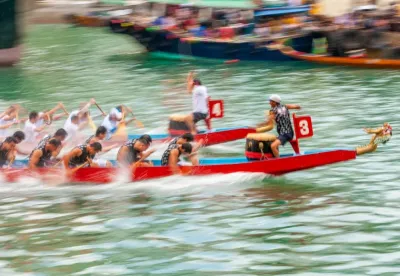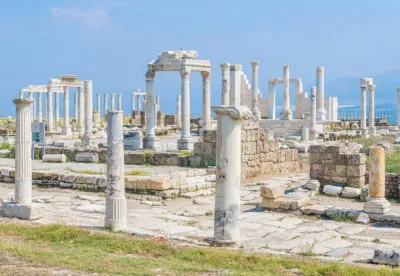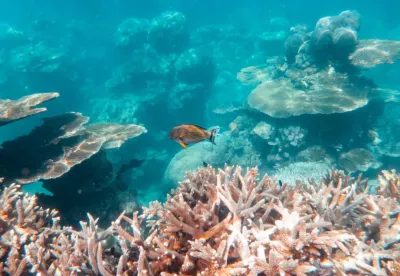No less than Hong Kong-based Action Asia declares the Philippines as having all the ingredients to become one of the world’s great adventure travel destinations. The Philippine landscape is a natural haven for adventure activities and sports tourism. The 7,107 islands boast and offer every imaginable way for adventure seekers. Yet, the country is still an unknown quantity outside Asia.
While the country has already started to realize that sports tourism is one ideal avenue to spur tourism growth in the country, it has not yet done its homework of developing the said sector.
As an initial step to raise awareness on the opportunities sport tourism may bring to the country, the Philippine Convention and Visitors Corporation (PCVC), supported by the Philippine Olympic Committee (POC) and Philippine Sports Commission (PSC) and participated in by the country’s sports and travel trade suppliers organized in November 7-30, 2003 the 1st Sports Tourism and Adventure Travel Show. Nevertheless, no concrete plan or follow-up has been done to sustain its development mainly due to lack of financial support.
{%C4,3%}
The Philippine Department of Tourism (DOT), which is the country’s lead agency tasked to develop the tourism industry in the Philippines, has neither the policy nor operational influence over the policies or programs of the sports industry being administered by the Philippine Sports Commission (PSC), much less the Philippine Olympic Committee (POC), an autonomous entity that sanctions the country’s participation in international competitions.
The Philippines has played host to a number of international sporting events. Sadly, sports tourism opportunities, and especially the tourism benefits, are sometimes lost or not maximized in all these hosted events because the linkages between the sports and tourism sectors are not yet established. Sporting activities, especially events, have historically been organized by sporting organizations for purely sporting purposes. Maximizing the tourism potential of the events has often not been a major consideration for the organizers, representing a potential failure of the market. Further, many sporting organizations rely on volunteers, and may not have well developed business or organizational skills or experience. Both of these factors can lead to lost tourism opportunities. To overcome this, better linkages need to be established between the sporting and tourism groups at all levels – regional and national.
Senator Richard Gordon, former tourism secretary, has seen the need to strengthen this sector. In his proposed bill the realignment of the Philippine Sports Commission under the Department of Tourism is proposed. It underscores the importance of sports competition in promoting tourism.
Like many niche tourism sectors, the sports tourism sector suffers from a lack of reliable data on which to base strategic decision-making. Even data, which might help measure the size of the sector, is not readily available. The Arrival/Departure Survey Card, a research tool used by the Department of Tourism in ascertaining arrivals and factors associated to tourism for its decision-making, does not still consider sports in its checklist. Thus far, the country has no existing data on the extent or magnitude of the sports tourism and the economic impact it brings. Even the Philippine Sports Commission has no data on the extent of the sports industry, how many it employs and how much it contributes to the economy.
Certainly, there are still a lot of issues and impediments which need to be addressed, namely: coordination of the sports tourism industry, education and training, regulatory issues (e.g. visas, customs) on the industry, infrastructure requirements of the industry, research and data collection requirements and evaluation of the economic benefits of sports tourism.
The Philippines, by all means, can do so much in terms of developing the said market. Concrete mechanisms are yet to be institutionalized to maximize the sports tourism market.
While other countries have started and in the process of developing strategies for their respective sports tourism industry, the country is still at a standstill in one niche market where we have all the potentials to compete. After all, the tourism industry is more than just destinations but innovative marketing as well.
(extract from: EVOLUTION AND DEVELOPMENT IN SPORTS TOURISM, January 26, 2010)








